Apple works to mitigate traffic impacts of new Campus 2 development
Last updated
The city of Cupertino California has released a new Draft Environmental Impact Report for the Apple Campus 2 project, outlining impacts related to traffic, noise and air quality and how the company plans to mitigate such issues.
Of particular interest in the comprehensive EIR planning document is the impact on traffic conditions across 52 intersections surrounding the new "spaceship" complex directly adjacent to Interstate 280, a concern previously voiced by residents last fall.
The neighborhoods surrounding Apple's new Campus 2, and the company's existing Infinite Loop campus one freeway exit to the west (shown from the west, below), already have poor traffic flow, particularly during early morning commute hours.
The document details Level Of Service for a variety of intersections near the project, noting that there are six rankings "ranging from LOS A (the best, free-flowing operating conditions) to LOS F (the worst, most congested operating conditions). LOS E represents “at-capacity†operations. When traffic volumes exceed the capacity, stop-and-go conditions result, and operations are designated as LOS F."
A report by Dan Nakaso of the San Jose Mercury News associated Apple's Campus 2 with the study's use of the phrase "unacceptable traffic levels," but failed to note that much of Cupertino is already stuck at LOS levels that are considered "unacceptable" during the morning commute.
Many intersections in the project area are already rated "D" or "E," and Apple's Campus 2 isn't the only new project that will have an impact on the already "unacceptable" traffic levels.
Directly south of Apple's project a new "Main Street Cupertino" project will build new shopping, office and retail space alongside a seperate expansion of Vallco Mall. The report also names a dozen other significant residential, shopping and school expansion projects already approved or in progress that are factored into the traffic planning data.
Apple's mitigation efforts not considered in report
Additionally, the report simply ignores many of the efforts Apple is taking to mitigate traffic impacts. The company proposes, for example, to expand freeway ramps at Wolfe Road, something that would require the approval of California's Caltrans agency.
However, "because Caltrans approval of the proposed widening cannot be guaranteed by the City of Cupertino (the lead agency), the widening is not assumed as part of the traffic analysis in this section," the report states.
Other improvements Apple includes in its overall plan include a consolidated new transit facility for busses at the north east corner of the project, as well as a series of bicycle and walking path improvements throughout the area.
Apple's Commute Alternatives Department is also taking steps to expand its existing, $35 million Transportation Demand Management program, which currently shuttles Infinite Loop and satellite campus employees to nearby Caltrain and ACE regional commuter train stations (which connect the area with San Francisco in the north and San Jose to the south) as well as providing more than 200 direct shuttle busses that provide WiFi-connected commutes for Apple's workers.
Apple's TDM also provides employees with carpool matching services and biking buddy and routing services. It pays bicyclists a monthly subsidy as an alternative to a transit subsidy, along with providing bike storage, lockers and shower facilities. Apple also maintains a fleet of 300 campus bicycles and free helmets.
Those who can't bike or take advantage of free Apple Shuttles (accessible via an Apple Shuttle iPhone app) or take public transport subsidized by the company can take advantage of flexible work start and end times "so that their commutes occur during non-peak times of the roadway system."
Again however, the EIR states that "to ensure that the project’s potential effects on the local and regional transportation system are fully and cautiously evaluated (and in recognition that specific TDM expansion measures are being refined by Apple), an expanded TDM Program (beyond the measures that are currently being provided, along with the current mode share results) is not assumed to be part of the project."
Apple to move 34% of its 14,200 employees out of single occupancy vehicles
At the same time, Apple has agreed to a plan to expand TDM to boost the percentage of alternative rides (including walking, biking, shuttles, transit and rideshares) from the existing 28 percent to 34 percent, which the report says is "considered aggressive but achievable for office developments in suburban locations greater than 1⁄2 mile from a rail station."
The report also identifies the "full build out" and occupancy of Apple Campus 2 to be 14,200 employees, including 12,000 in the main building. The company has previously noted that Apple "will continue to occupy the existing Infinite Loop Campus" (shown below), "as well as other buildings within Cupertino."
As part of the overall agreement with the city of Cupertino, Apple will pay "an independent city-approved transportation planning/engineering firm" to monitor traffic levels at 15 minute intervals for up to ten years, adjusting its TDM measures to reach compliance or pay fines starting at up to $5 per trip per day for excessive traffic generated above the stated goals.
Campus 2 includes a new garage that is four stories and 1,440 feet (about 440 meters) in length, with spaces for 4,300 cars. That's 1,715 spaces larger than San Francisco's largest parking structure, the Fifth and Mission garage adjacent to Moscone West, where Apple holds its Worldwide Developer Conference each summer.
Despite recent plans to add 240 new parking spaces for a total of 10,980 across the entire campus, current plans would only accommodate individual cars for about three quarters of the employees working at the new site, indicating the extent to which Apple is committed to diverting employees toward alternative transportation options.
 Daniel Eran Dilger
Daniel Eran Dilger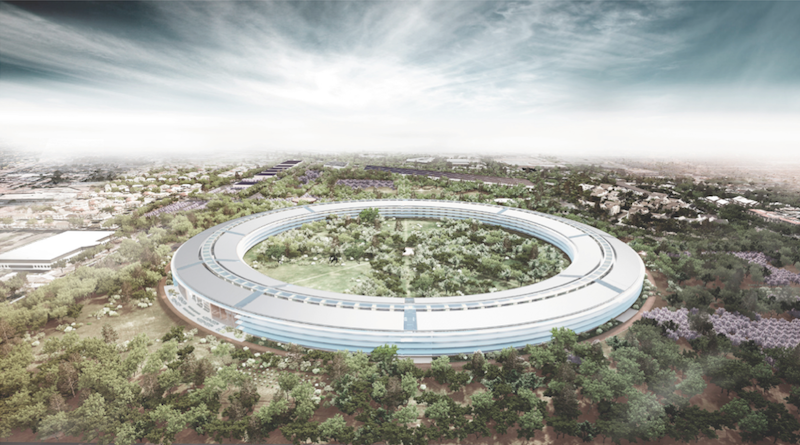
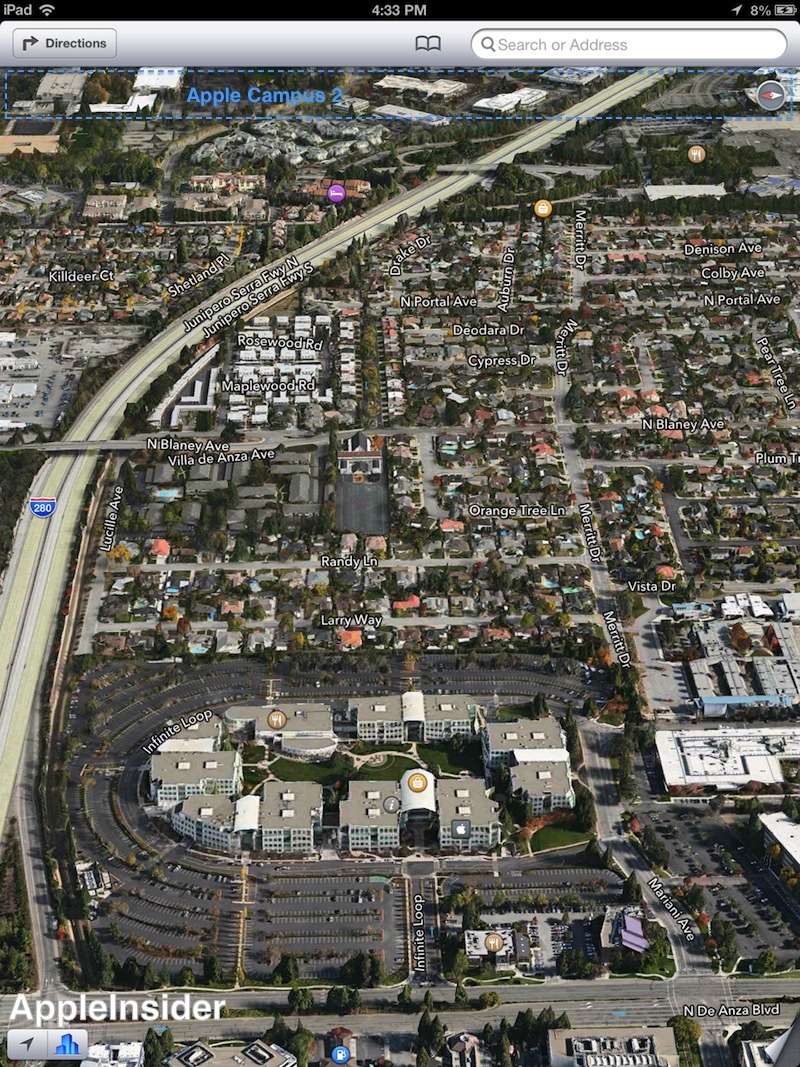
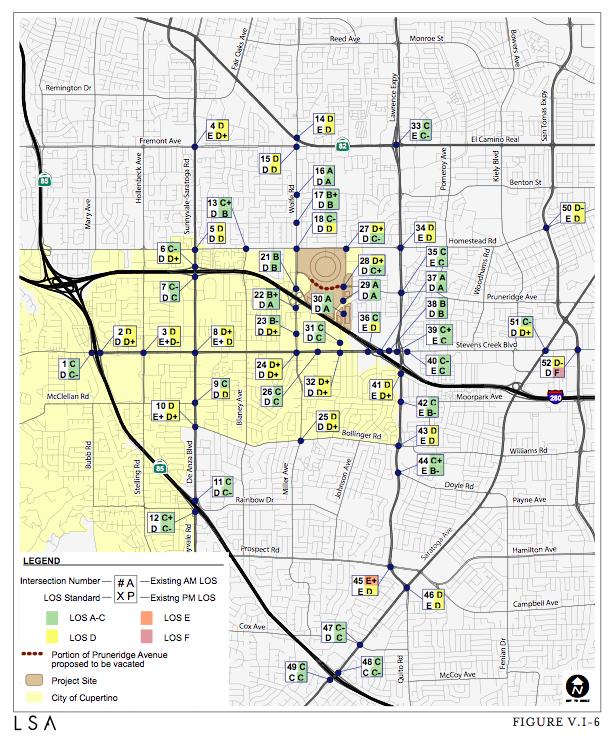
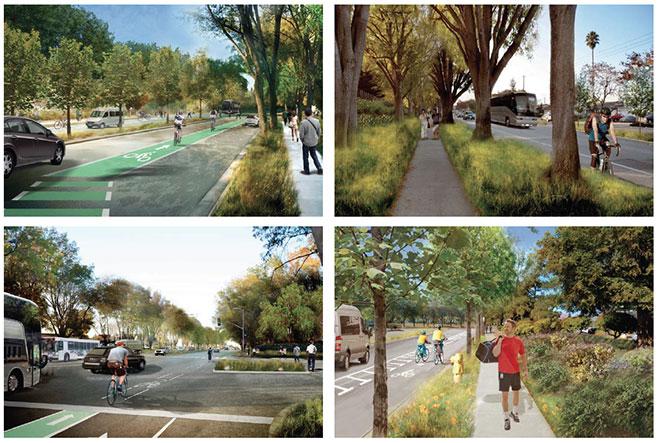
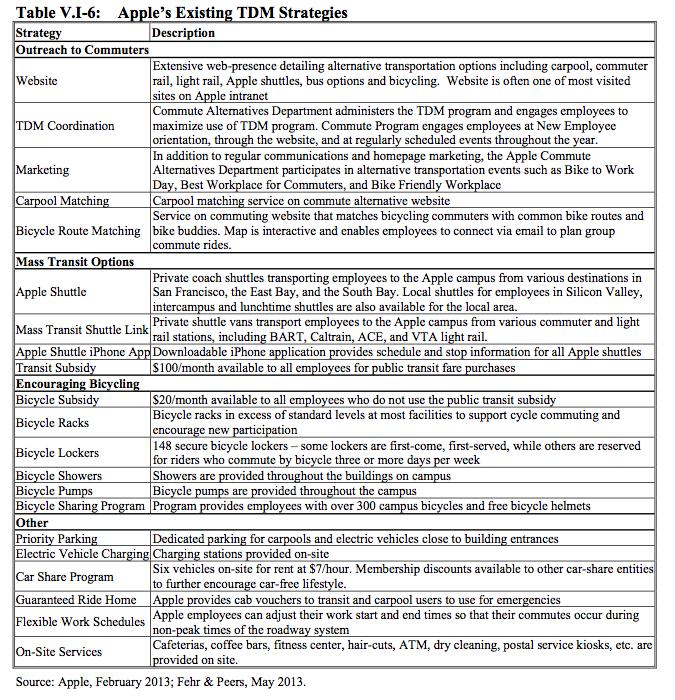















 Amber Neely
Amber Neely
 Thomas Sibilly
Thomas Sibilly
 AppleInsider Staff
AppleInsider Staff
 William Gallagher
William Gallagher
 Malcolm Owen
Malcolm Owen
 Christine McKee
Christine McKee










11 Comments
Apple Inc. is solely responsible for the congestion throughout the state of California since 1976.
It is, therefore, their responsibility to fix said problem, and this should be done on their dime alone.
Ban cars at the spaceship. Traffic solved.
Yeah, cities in the whole state of California should have a city-wide ban on cars and large trucks. Problem solved.
Ban cars at the spaceship. Traffic solved.
Was just about to get on the bike for a 40 mile commute to a meeting and remembered that I might be expected to bring a computer home - bummer big time!
Yeah, cities in the whole state of California should have a city-wide ban on cars and large trucks. Problem solved.
...and then green those cities with vertical gardens etc, lol.
Nice. Some Apple, Google and Facebook employees commute together by bike regularly, if not every day, from San Francisco - http://sf2g.com/bayway.html